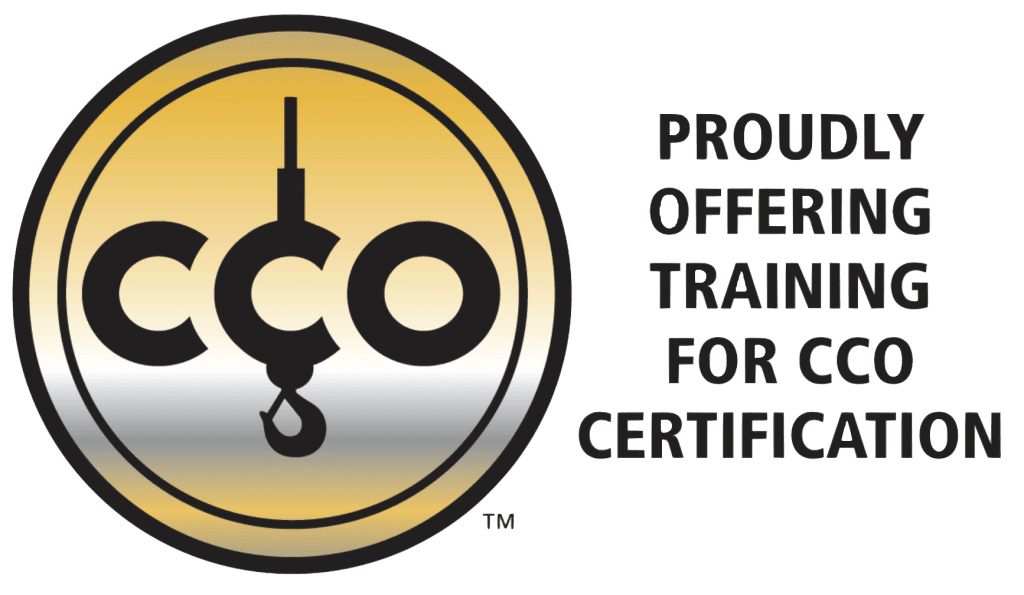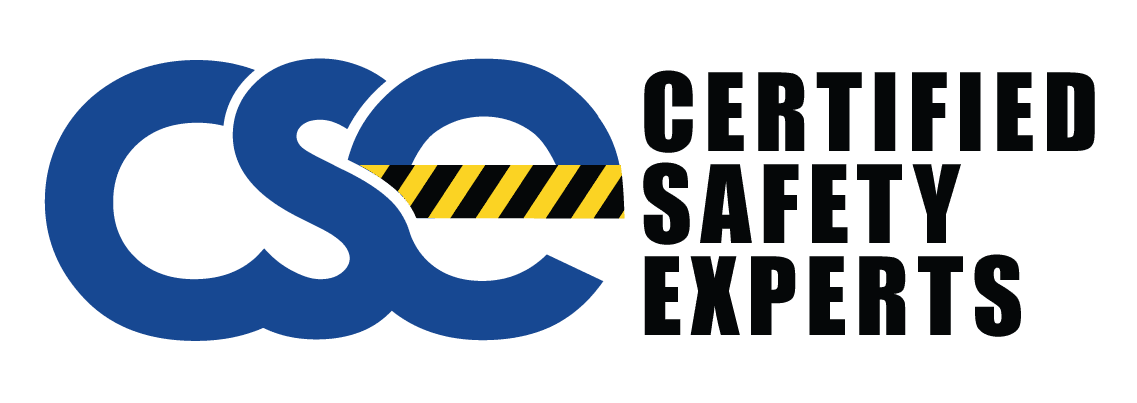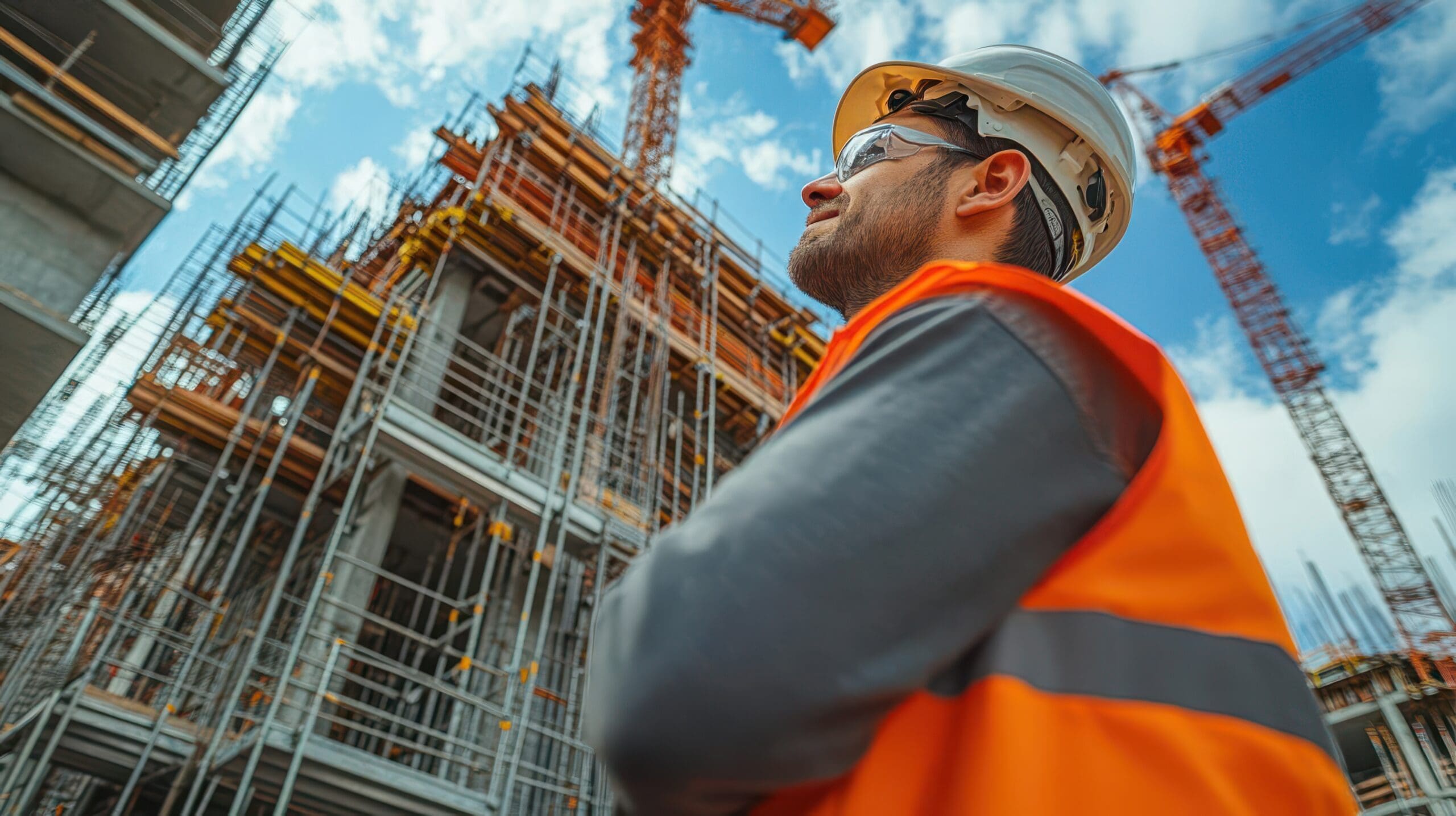Ever wondered who can inspect a crane safely? It’s not just a suggestion, but a must to follow crane safety regulations. The safety and efficiency of crane use depend a lot on detailed inspections. These inspections need special skills and strict rules to keep everyone safe.
Who can do these important checks? Certified experts are key in avoiding accidents, making equipment last longer, and keeping things running smoothly. We’ll look into why crane inspection training and certification matter. We’ll see why only certain people should do these checks and the dangers of not doing them right.
Key Takeaways
- Crane inspections are key for safety and reliability.
- Only certified pros should do these checks to follow crane safety regulations.
- Good crane inspection training and certification are needed for accurate checks.
- Regular checks stop accidents and equipment failures.
- Certified inspectors are vital for keeping up with safety and standards.
Cranes: An Overview of Their Importance
Cranes are key in construction and manufacturing, boosting efficiency and handling heavy loads. They are essential for big projects. Their precision in lifting heavy items makes them vital for many operations.
The need for crane inspection requirements is huge. Regular checks keep these machines safe and working well. Without good construction equipment safety steps, there’s a big risk of problems. This could harm projects and put lives at risk.
In construction, cranes move heavy stuff fast, saving time and reducing strain. In manufacturing, they place heavy parts with accuracy, helping make things faster.
Cranes are crucial for making industries safer, more efficient, and productive. This shows how important crane inspection requirements and construction equipment safety are.
Crane Inspection Requirements and Safety Regulations
Cranes are key in many industries, so it’s vital to follow strict safety rules. These rules make sure cranes work safely and well, keeping workers and gear safe. It’s crucial to know and follow the rules for inspecting cranes to keep everyone safe and in line with the law.
Federal and State Safety Standards
Federal and state rules set clear duties for crane owners and operators. They say how often cranes must be checked and why keeping records of these checks is key. By sticking to these rules, operators can make sure their cranes are up to safety standards.
OSHA Guidelines
The Occupational Safety and Health Administration (OSHA) has clear rules for checking cranes. OSHA says cranes must be inspected often, and outlines how and when to do it. Following OSHA’s rules helps avoid accidents and keeps cranes running safely at work.
ANSI/ASME Standards
The American National Standards Institute (ANSI) and the American Society of Mechanical Engineers (ASME) offer important safety advice for cranes. Their standards cover best practices and ways to prevent problems with cranes. Using these standards means cranes get checked often and kept in good shape, making the workplace safer.
It’s key to stick to these crane safety rules and guidelines. By following federal, state, OSHA, and ANSI/ASME standards, crane owners and operators can cut down on accidents and meet all safety laws.
Qualified Crane Inspectors: What to Look For
Choosing the right crane inspectors is key for crane safety and efficiency. This guide will help you find qualified crane inspectors. We’ll cover the importance of certification, training, experience, and references.
Certification and Training
Start by checking the inspector’s certification. A valid crane inspection certification shows they’ve had thorough training. They know a lot about crane mechanics and safety rules. Make sure their certification is up to standard and accepted by top organizations.
Experience and Specialization
Experience matters a lot in crane inspections. Inspectors with lots of experience can spot problems and give accurate reports. If you need specific crane types or industry knowledge, find qualified crane inspectors who specialize in those areas.
Reputation and References
It’s also important to know the inspector’s reputation. Look at reviews and testimonials from past clients. They can tell you about the inspector’s reliability, skills, and professionalism. Ask for references and do your homework to make sure you’re hiring someone with a good track record.
Who Should Inspect a Crane?
It’s crucial to have authorized crane inspection personnel check cranes for safety and to follow the rules. These experts need to know how cranes work and meet legal standards.
It’s important to pick skilled inspectors to lower risks and make equipment last longer. The best authorized crane inspection personnel have:
- Deep training and certifications on different cranes and how they work.
- Years of experience in inspecting cranes, giving them a sharp eye for problems and quick fixes.
- A solid reputation and trusted references in the field, making their findings reliable.
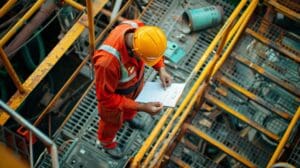
Experts in crane inspection services must know the latest safety rules and laws. They do more than just look; they give advice to make cranes safer and work better.
Authorized Crane Inspection Personnel
Ensuring crane safety is a big job, mainly done by trained inspectors. These experts need special qualifications and certifications. They are key to following crane safety rules.
Inspectors usually get their certifications from groups like the National Commission for the Certification of Crane Operators (NCCCO) and Crane Institute Certification (CIC). These certifications show they know a lot about crane safety and how things work. They also have to keep their skills updated through ongoing training.
These professionals have a big job. They must do detailed and correct inspections to make sure everything meets the rules. This includes following OSHA standards and other specific guidelines. Not following these rules can lead to big problems, showing why skilled inspectors are so important.
Inspectors need to know both the practical and theoretical sides of cranes. This knowledge helps them spot issues that might not be obvious. Their job is to find problems and prevent accidents by following safety rules closely.
Creating a Comprehensive Crane Inspection Checklist
Creating a detailed crane inspection checklist is key for keeping operations running smoothly and meeting safety standards. This guide provides a clear plan for daily, monthly, and yearly checks. It also highlights the role of documenting crane inspections.
Daily Inspection Items
Daily checks are vital to spot issues that could affect crane safety and performance. These should include:
- Checking all control mechanisms for proper operation
- Inspecting wire ropes and chains for wear and damage
- Verifying the condition of hooks and hook latches
- Ensuring safety devices like limit switches and emergency brakes function correctly
- Observing for any fluid leaks or unusual noises
- Confirming proper functioning of the overhead crane’s electrical components
Monthly and Annual Inspection Items
Monthly and yearly inspections are more in-depth to ensure the crane remains safe and functional over time. They should focus on:
- Reviewing all structural components for signs of wear, corrosion, or fatigue
- Checking the alignment and tension of wire ropes
- Lubricating various moving parts as per the manufacturer’s guidelines
- Examining the electrical systems for wear and properly working connections
- Testing and calibrating load indicators and other measuring devices
- Evaluating the condition of the crane’s hydraulic systems
Documentation and Record-Keeping
Keeping detailed records of crane inspections is crucial for safety and compliance. Important documentation points include:
- Recording all findings and corrective actions taken during inspections
- Maintaining logs for operational hours and any incidents
- Documenting all maintenance and service activities
- Ensuring that all records are easily accessible for future reference and compliance audits
- Regularly reviewing and updating the inspection checklist as per regulatory changes and operational needs
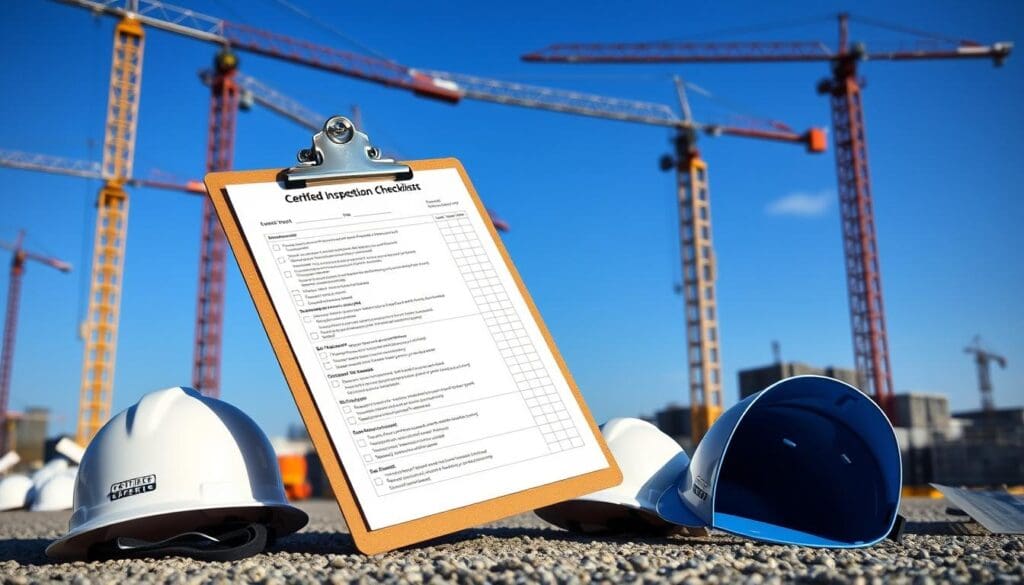
Conclusion
Crane safety is crucial for construction and industrial work across the U.S. Following strict crane inspection guidelines can greatly lower the risks. This article has covered key points about crane inspections. It stressed the importance of following Federal and State safety rules, OSHA guidelines, and ANSI/ASME standards.
It’s vital to have qualified crane inspectors on your team. They should have the right certification, lots of experience, and a good reputation. Using certified inspectors helps businesses meet safety standards and keep a good safety record. A detailed crane inspection checklist is key for checking safety daily, monthly, and yearly. Keeping accurate records is also crucial.
The main point is to use professional crane inspection services for safety and efficiency. If you have cranes, make sure to get them checked regularly by experts. Putting safety first means calling certified crane inspectors. This keeps your work and workers safe.
